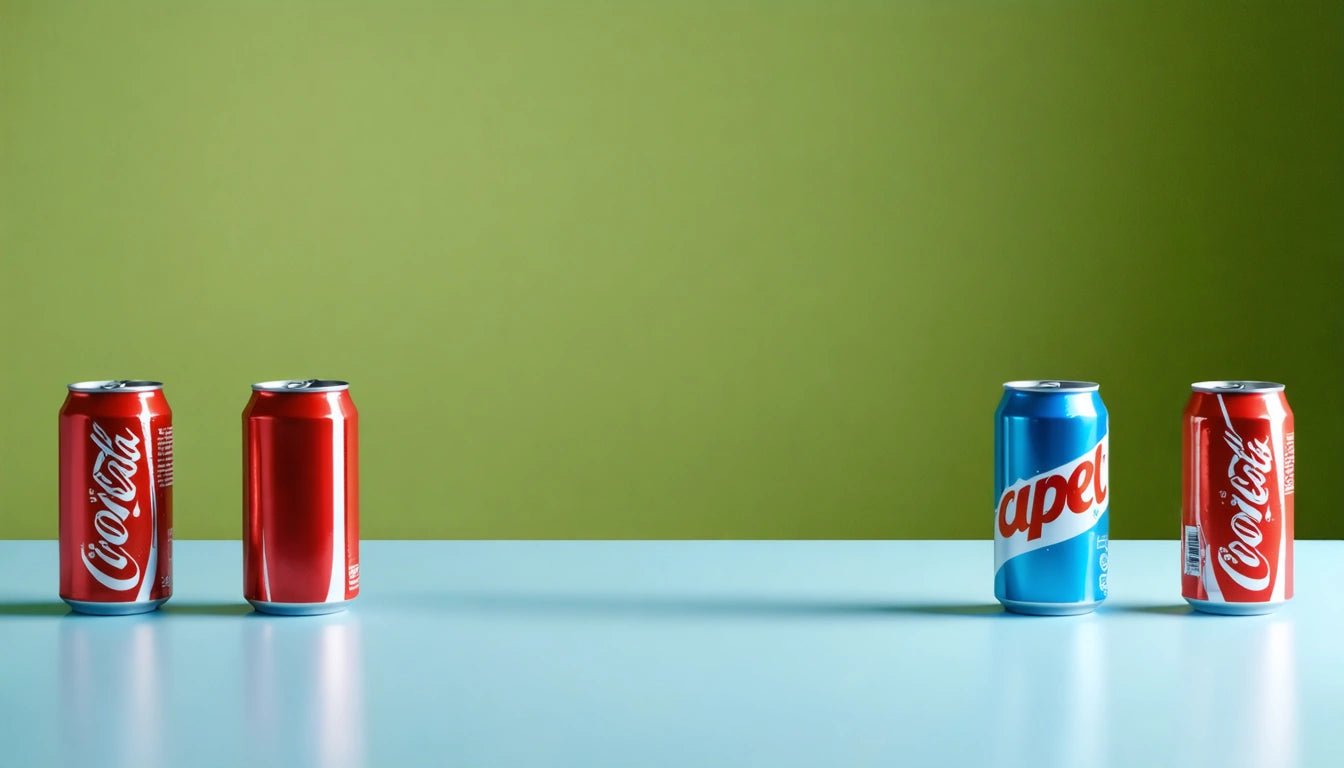Table of Contents
How Many Ounces Are in a Can of Pop?
When grabbing a refreshing can of soda from the refrigerator, you might wonder exactly how many ounces are in a can of pop. The standard can of pop or soda in the United States contains 12 fluid ounces (355 ml) of beverage. This standardized size has become the industry norm, though variations exist across different markets and for specialty products.
Standard Pop Can Size: The 12-Ounce Norm
The most common and recognizable pop can size in North America is the 12-fluid-ounce can. This standard was established decades ago and has remained consistent across major beverage companies like Coca-Cola, Pepsi, and their competitors. The familiar cylindrical aluminum container has become iconic in beverage packaging.
According to research on standard pop can dimensions, these containers are designed for optimal storage, shipping efficiency, and consumer handling. The 12-ounce volume provides a portion size that balances consumer satisfaction with practical packaging considerations.
Pop Can Size Variations Across Markets
While 12 ounces represents the standard, several variations exist in the marketplace:
- Mini Cans: 7.5 fluid ounces (222 ml)
- Standard Cans: 12 fluid ounces (355 ml)
- Tall Boys/Pounders: 16 fluid ounces (473 ml)
- Stovepipes: 19.2 fluid ounces (568 ml)
- European Standard: 330 ml (approximately 11.2 fluid ounces)
These variations cater to different consumer preferences, portion control initiatives, and regional market standards. The mini can, for instance, has gained popularity as consumers become more health-conscious about sugar intake from carbonated beverages.
Understanding Fluid Ounces in Beverage Packaging
When discussing how many ounces are in a pop can, it's important to note we're referring to fluid ounces, a measure of volume, not weight. This distinction matters because:
Fluid ounces measure volume (how much space the liquid occupies), while regular ounces measure weight (how heavy something is). For water, one fluid ounce weighs approximately one ounce, but for carbonated beverages with dissolved sugars and gases, the weight-to-volume ratio differs slightly.
As this guide on weight conversions explains, understanding the difference between weight and volume measurements is crucial for proper packaging and labeling compliance.
Pop Can Dimensions and Volume Relationship
The physical dimensions of a standard 12-ounce pop can are remarkably consistent across brands:
- Height: Approximately 4.83 inches (122.7 mm)
- Diameter: Approximately 2.6 inches (66 mm) at the widest point
- Volume Capacity: 12 fluid ounces (355 ml)
These dimensions have been carefully engineered to maximize material efficiency while ensuring structural integrity. The slight taper at the top of most cans serves both practical manufacturing purposes and helps with stackability during shipping and storage.
According to research on soda can materials and dimensions, modern aluminum cans are marvels of engineering, using minimal material while maintaining strength and preventing carbonation loss.
Measurement Conversions for Beverage Containers
For those wondering how many ounces in a can of pop translate to other measurement systems, here are the key conversions:
- 12 fluid ounces = 355 milliliters
- 12 fluid ounces = 1.5 cups
- 12 fluid ounces = 0.375 quarts
- 12 fluid ounces = 0.09375 gallons
Understanding these conversions is particularly valuable when comparing different beverage container sizes or when following recipes that call for specific liquid measurements. The relationship between ounces and other units becomes especially relevant when dealing with larger volume containers like handles of liquor.
In the packaging industry, precise measurements are crucial for everything from beverage containers to specialized packaging like premium pre-roll cones for cannabis products, where exact specifications ensure product consistency and consumer satisfaction.
Industry Packaging Standards and Future Trends
The standardization of the 12-ounce pop can represents decades of industry evolution. This uniformity offers several advantages:
- Manufacturing efficiency through standardized production lines
- Optimized shipping and storage logistics
- Consistent consumer expectations across brands
- Simplified recycling processes
Looking forward, we're seeing emerging trends in beverage packaging that may influence future can sizes:
- Increased adoption of smaller portion sizes (7.5 oz) for sugar reduction
- More specialized shapes and sizes for premium or functional beverages
- Sustainable materials and designs to reduce environmental impact
- Smart packaging with QR codes or NFC technology for enhanced consumer engagement
Understanding exactly how many ounces are in a pop can might seem trivial, but this standardized unit represents a cornerstone of the beverage industry's approach to packaging, portion control, and consumer expectations. Whether you're analyzing beverage consumption patterns or simply satisfying curiosity about your daily soda, knowing that a standard can contains 12 fluid ounces provides a useful reference point for understanding beverage packaging across the industry.



















